
Ingredient
Butternut squashes
Versatile Autumn Delight
With its vibrant orange flesh and sweet, nutty flavor, butternut squash offers a creamy and velvety texture when cooked. It can be roasted, pureed, or used in soups, stews, and even desserts, making it a versatile ingredient in both sweet and savory recipes.
Origins and history
Butternut squashes are native to the Americas and have been cultivated for thousands of years. They were a staple food for Native American tribes and were later introduced to European settlers. Today, they are widely enjoyed around the world for their delicious taste and nutritional benefits.
Nutritional information
Butternut squashes are low in calories and fat, while being rich in vitamins A and C, fiber, and potassium. They also contain antioxidants that may help support a healthy immune system and reduce the risk of chronic diseases.
How to select
When selecting butternut squashes, choose ones that are firm, heavy for their size, and free from any soft spots or blemishes. The skin should be smooth and matte, without any signs of mold or decay. Additionally, opt for squashes with a longer neck, as they tend to have a higher flesh-to-seed ratio.
Storage recommendations
To extend the shelf life of butternut squashes, store them in a cool, dry place with good ventilation. Avoid storing them near fruits that release ethylene gas, such as apples or bananas, as it can accelerate the ripening process. Once cut, wrap the unused portion tightly in plastic wrap and refrigerate for up to 5 days.
How to produce
Butternut squashes can be grown in home gardens or small-scale farms. They require a sunny location with well-draining soil. Plant the seeds in late spring or early summer, and provide regular watering and fertilization. Harvest the squashes when the skin is hard and the stem starts to dry out.
Preparation tips
Butternut squash can be prepared in various ways, including roasting, steaming, or sautéing. It can be used as a base for soups and stews, mashed as a side dish, or pureed into a smooth and creamy sauce. Additionally, butternut squash can be roasted and used as a topping for salads or incorporated into pasta dishes.
Substitutions
Acorn squash, pumpkin, or sweet potatoes can be used as substitutes for butternut squash. They offer similar flavors and textures, making them suitable alternatives in recipes.
Culinary uses
Butternut squash is a versatile ingredient that can be used in a wide range of culinary applications. It is commonly used in soups, stews, risottos, and pasta dishes. It can also be roasted and served as a side dish or used as a filling for pies and tarts. Additionally, butternut squash can be pureed and used in baked goods like muffins or breads.
Availability
Butternut squashes are commonly available in the autumn season in regions with a temperate climate. They are cultivated in various countries, including the United States, Mexico, and parts of Europe.
More ingredients from this category
Recipes using Butternut squashes » Browse all
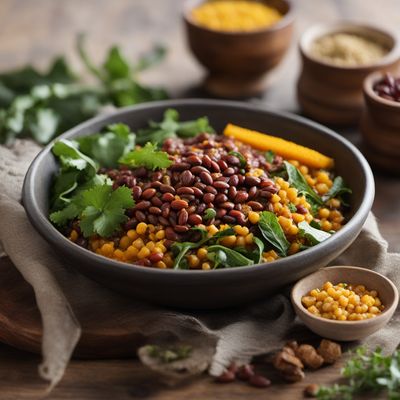
Native American Allerlei
Harvest Medley: A Native American Twist on Leipziger Allerlei

Nagoya-style Kabocha Curry
Spicy Kabocha Delight: Nagoya-style Curry with a Twist

Native American Olla de San Antón
Hearty Native American Stew: A Taste of Tradition
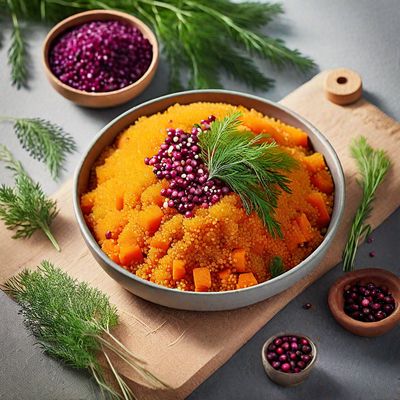
Nordic-Inspired Couscous with Roasted Vegetables
Nordic Harvest Couscous: A Fusion of North African and New Nordic Flavors

Peanut and Squash Stew
African Delight: Creamy Peanut and Squash Stew

Fanesca - Ecuadorian Easter Soup
Andean Delight: A Hearty Celebration of Ecuadorian Easter

Pinakbet Pizza
Filipino Fusion Delight: Pinakbet Pizza

Botswana-style Beef and Vegetable Pie
Savory Botswana Beef and Vegetable Pie: A Taste of Traditional Delight
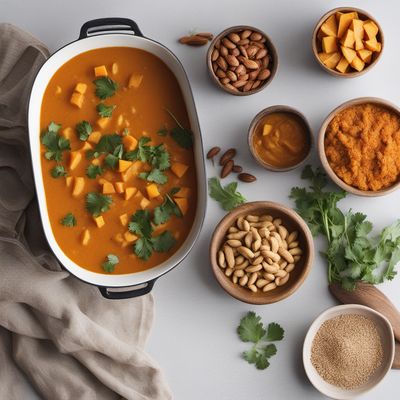
Peanut and Butternut Squash Stew
Savory Delight: Butternut Squash Stew with a Peanut Twist
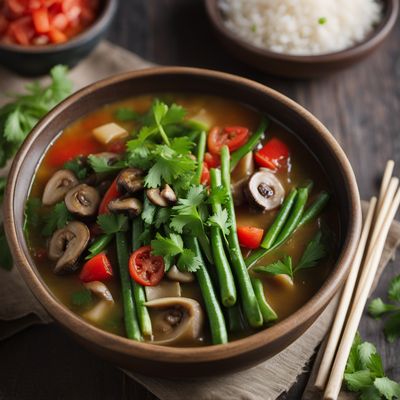
Hmong-Inspired Vegetable Stew
Soul-Warming Hmong Vegetable Delight

Saksak with a Southern African Twist
Savory Millet Porridge: A Taste of Southern Africa
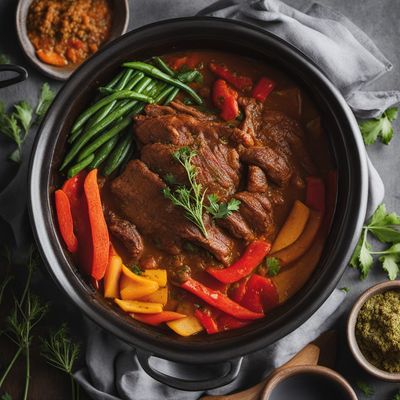
Traditional South African Potjiekos
Savory Delight: A Taste of South Africa's Potjiekos